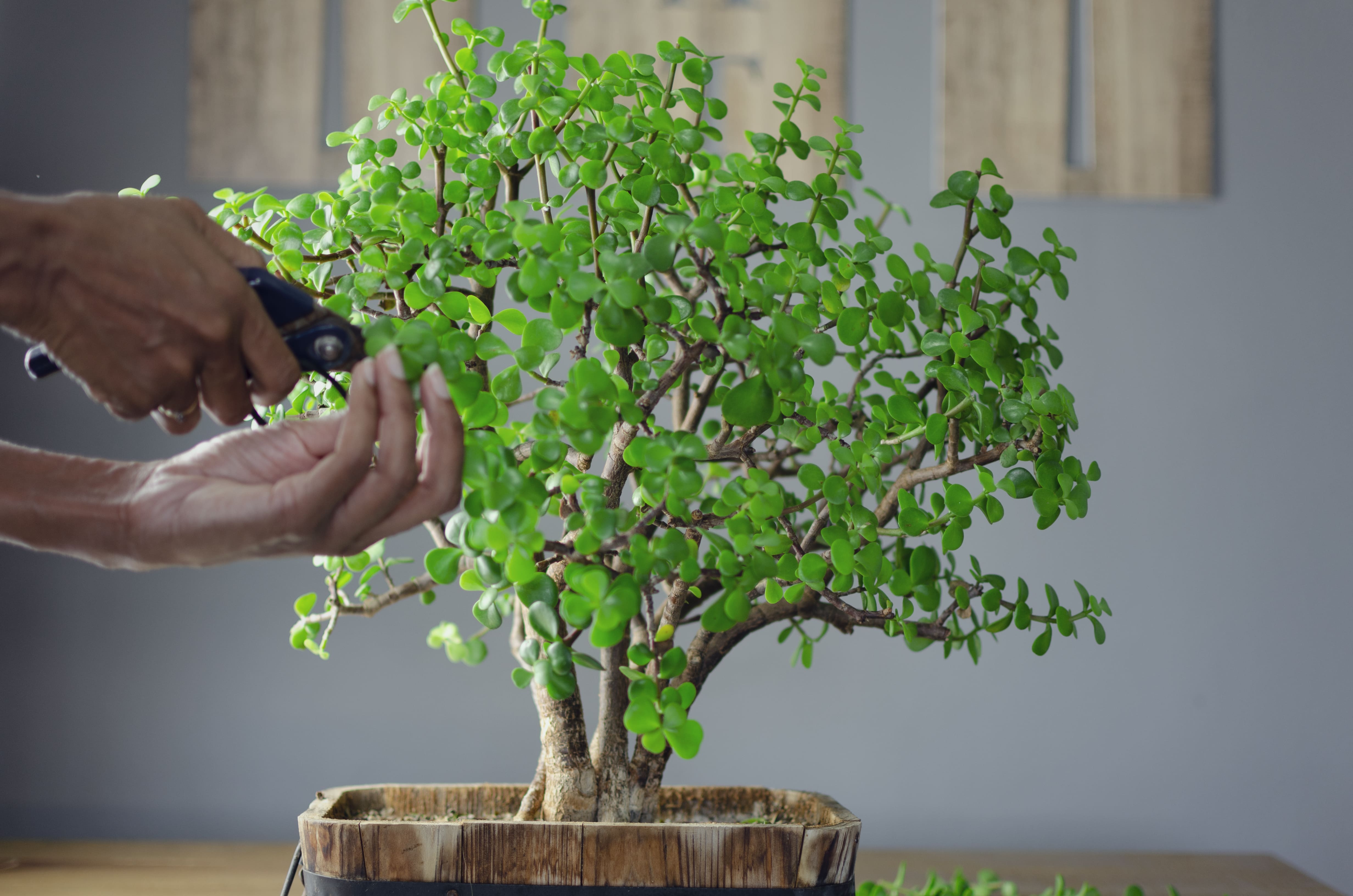Bonsai is more than just a plant- it's a living art form that combines nature, patience, and creativity. Whether you’re looking to add a touch of green to your space or begin a new hobby, buying your first bonsai tree is an exciting step. But before you dive in, it’s important to understand what owning a bonsai truly involves.
In this beginner-friendly guide, we’ll walk you through the basics: types of bonsai trees, care tips, and common mistakes to avoid- so you can start your bonsai journey with confidence.
What is a Bonsai Tree?
A bonsai is a miniature tree grown in a container, carefully trained to look like a full-grown tree in nature. The word "bonsai" is Japanese and means “planted in a container.” Bonsai trees are not genetically dwarfed- they stay small through techniques like pruning, wiring, and root trimming.
Why Start with Bonsai?
- Stress-relieving hobby
- Enhances patience and focus
- Brings greenery into indoor or urban spaces
- Unique and meaningful décor
Best Bonsai Trees for Beginners
Not all bonsai trees are beginner-friendly. Here are a few low-maintenance options perfect for first-timers:
- Ficus Bonsai- Tolerant to low humidity and ideal for indoor settings.
- Jade Plant (Portulacaria afra)- A succulent bonsai with minimal water needs.
- Chinese Elm- Hardy and responds well to pruning.
- Juniper Bonsai- A classic outdoor bonsai that’s easy to shape.
Indoor vs Outdoor Bonsai
- Indoor Bonsai like Ficus or Jade can thrive inside your home, especially in bright areas.
- Outdoor Bonsai like Juniper or Pine need natural sunlight and should be placed on balconies, patios, or gardens.
Note: Indoor bonsai still need good light and fresh air. Don’t keep them in dark corners.
Essential Bonsai Care Tips
-
Watering
Bonsai trees don’t follow a fixed watering schedule. Check the soil daily and water when the topsoil feels slightly dry. Avoid overwatering, which can lead to root rot.
- Pruning
Regular pruning maintains the tree’s shape and encourages new growth. Use clean, sharp tools for best results.
-
Sunlight
Most bonsai trees need at least 4- 6 hours of sunlight daily. Place them near a window or under a grow light if indoors.
-
Repotting
Bonsai trees need repotting every 1- 2 years to refresh the soil and manage root growth.
-
Soil
Use well-draining bonsai soil- not regular garden soil- to prevent waterlogging.
Tools You’ll Need
- Bonsai scissors or shears
- Root rake
- Concave cutters
- Watering can with a fine nozzle
- Bonsai wire for shaping
- Bonsai pot with drainage holes
Common Mistakes to Avoid
- Overwatering or underwatering
- Using regular potting soil
- Placing bonsai in dark or closed areas
- Neglecting pruning or wiring
- Choosing high-maintenance species at the start
Where to Buy Your First Bonsai Tree?
Buy from trusted online bonsai marketplaces like Litle Forest, which offer:
- Expert-curated bonsai trees
- Care instructions with every purchase
- Quality pots and accessories
- Support from bonsai artists and community
Bonsai is a rewarding hobby that blends nature with mindfulness. While it may seem complex at first, starting with the right tree and basic care knowledge makes all the difference. Choose a beginner-friendly species, follow the care tips above, and enjoy watching your tree grow over time.
Ready to bring your first bonsai home? Explore beginner-friendly bonsai trees at Litle Forest and start your green journey today!















